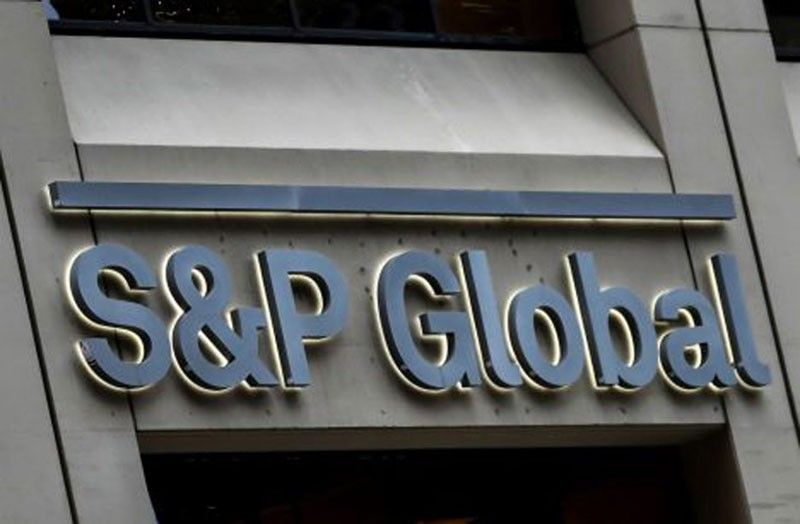S&P sees slow lending growth, rise in bad loans for Philippine banks

MANILA, Philippines — Philippine banks could see another year of slow loan growth and uptick in nonperforming loans (NPL) as coronavirus disease 2019 (COVID-19) risk looms over economic growth and financial markets, S&P Global Ratings said.
Nikita Anand, credit analyst at S&P, said the debt watcher has lowered the credit growth forecast for the Philippines to a range of eight to 10 percent instead of 10 to 12 percent this year.
“This means the country’s banks could see a second year of single-digit growth after a long run of double-digit expansions in previous years,” Anand said.
Credit growth in the country slowed to 8.8 percent last year from 15 percent in 2018 as corporate loan demand softened due to a delay in passing the 2019 national budget as well as the US-China trade war.
She said the impact of COVID-19 could drag demand for corporate loans that accounted for 82 percent of banking system’s loans and at the same time stifle momentum in the retail segment that expanded by 16 percent last year.
Anand said the outbreak would disrupt travel, hospitality, restaurants, entertainment and trade sectors in the near term.
Likewise, she added consumers are likely to avoid public spaces and restrict travel due to heightened health risk, hurting consumption spending.
“The banking sector’s exposure to hotels and catering is about two percent while wholesale and retail trade is 12 percent. This is meaningful exposure and could translate to higher delinquencies,” Anand added.
According to S&P, the country’s non-performing loan (NPL) ratio would inch up further this year due to macroeconomic headwinds after rising by 30 basis points to 2.1 percent last year due largely to the large default by Hanjin Industries as well as the rising share or retail loans where credit quality is weaker than corporate loans.
“Banks may offer moratoriums on repayments for badly hit sectors if the health situation escalates, similar to in Singapore and Thailand,” Anand said.
She clarified Philippine banks would be able to manage the rise in risk due to good capital buffers, with an average tier-1 capital adequacy ratio of about 14 percent.
“We expect trade and private investments to slow in Philippines due to the global coronavirus outbreak, and this will drag on banks’ lending business,” she said.
The debt watcher slashed the country’s gross domestic product (GDP) growth projection to 5.8 instead of 6.2 percent for this year due to the widening global spread of COVID-19.
“This is less of downward adjustment compared with Asia-Pacific countries more exposed to people and supply-chain flows from China. However, it still has implications for the Philippines banking sector,” Anand said.
While there continues to be high uncertainty about the rate of spread and timing of the peak of the COVID-19 disease, she said modeling by academics with expertise in epidemiology indicates a likely range for the peak of up to June.
The Philippines is less exposed to tourism compared with neighbors, such as Thailand and Singapore, as tourism-related exports of the country are only three percent of GDP and less than a fifth of visitors are from China.
However, she said the expected slowdown in global growth, including in China, could be a blow to trade and private sector investments in the Philippines.
Region-wide disruptions to the electronics sector and factory closures in China affecting supply chain network could slow growth in the Philippines’ manufacturing sector that account for 11 percent of banking sector’s loans.
- Latest





























